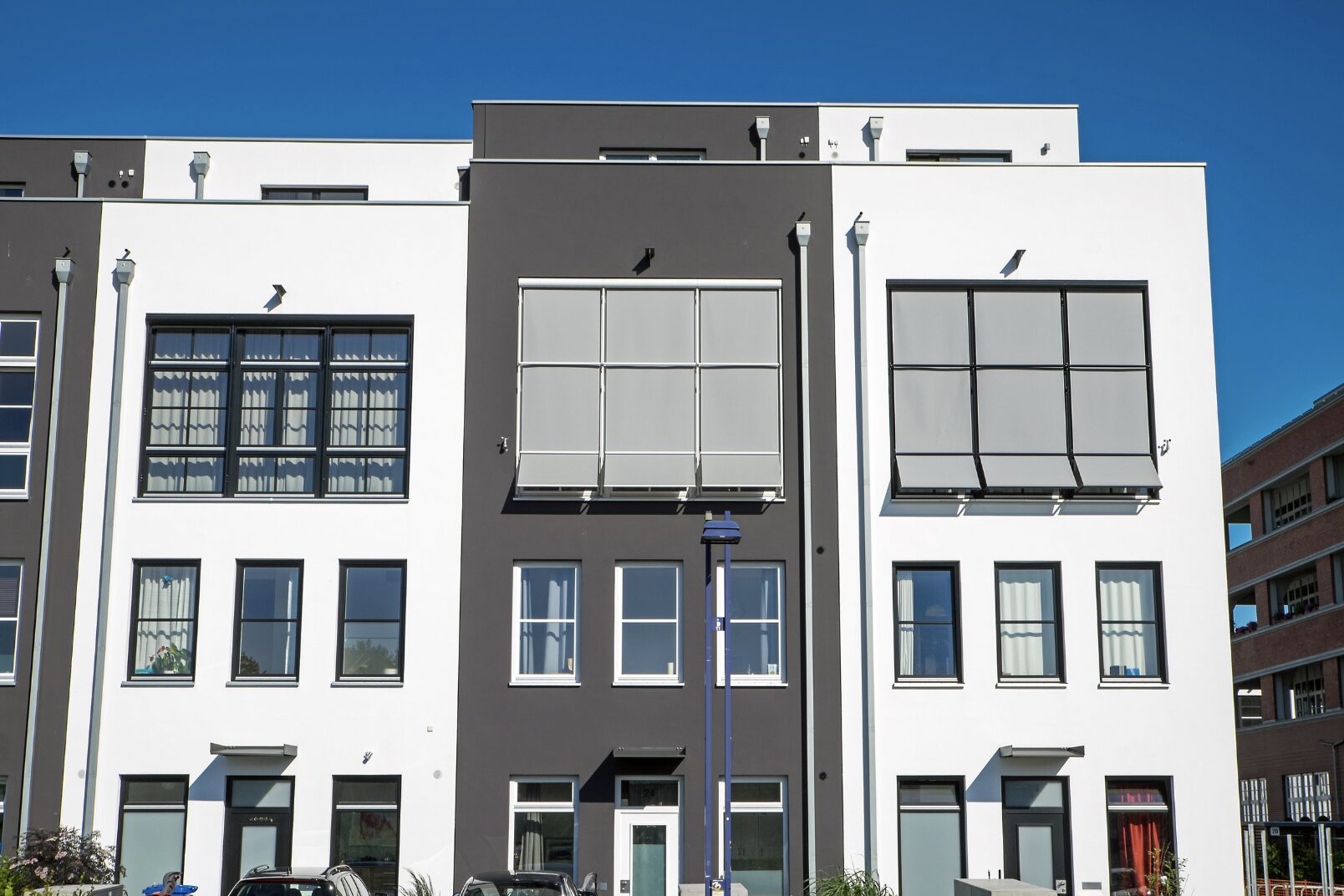
A new wave of sustainability and energy efficiency efforts targeted at multifamily buildings has increased the use of lithium-ion batteries. Whether in e-bikes, charging stations, or battery storage systems, lithium-ion battery packs and systems are now found in large quantities in any given square mile of a populated area.
Although lithium-ion batteries have been given a title synonymous with sustainability, significant safety concerns are associated with the widespread adoption of these batteries in living spaces. The inherent risks of lithium-ion technology, including the potential for battery fires, have raised alarms among property owners, residents, and safety experts alike. In 2021, there were 104 lithium-ion battery fires in residential structures, which resulted in four fatalities and 79 injuries.
As multifamily properties become hubs for battery-powered devices and vehicles, the proximity and density of these energy sources amplify the risk of dangerous incidents, posing threats to both human lives and property infrastructure. In light of these concerns, it’s worth deliberating whether allowing lithium-ion in multifamily spaces is a necessary risk, or if alternative, non-flammable battery technologies can provide the benefits without the dangers.
Benefits of Batteries: EVs, E-Bikes, VPPs
Battery technologies undoubtedly have a role to play in decarbonizing the building sector. In New York City, the building sector contributes to 71% of greenhouse gas emissions, highlighting the importance of solutions and initiatives to reduce carbon footprints.
With buildings contributing significantly to carbon emissions, particularly in urban areas, transitioning to cleaner transportation options and decentralized energy systems is essential to achieving emissions targets. Implementing virtual power plant (VPP) technologies and installing charging stations for electric vehicles (EVs) and e-bikes in multifamily properties can all contribute to the ongoing decarbonization effort.
VPPs enable utilities to aggregate energy from distributed sources to provide grid services like demand response and peak load shaving during times of excessively high demand on the electric grid. These programs rely on buildings equipped with distributed energy resources, such rooftop solar panels paired with battery systems, and appropriately utilities compensate property owners for letting them tap into their onsite energy.
Having charging stations for EVs and e-bikes promotes sustainable transportation options among residents, reducing carbon emissions and alleviating parking congestion. EV drivers are also typically willing to pay more for parking spaces that allow them to charge at home. With generous incentives currently available through state and federal programs, promoting e-mobility by installing charging stations can be affordable to install and profitable to offer in the long run.
Decarbonization efforts aside, by providing access to these amenities, multifamily properties can raise property value, attract environmentally conscious tenants, and enhance their overall appeal and competitiveness in the real estate market.
A Growing Fire Risk for Multifamily Properties
While the advantages are enticing, the extensive utilization of lithium-ion batteries within communal living areas presents notable hazards. As multifamily properties evolve into focal points for battery-operated devices and transportation, the prevalence of lithium-ion batteries heightens the likelihood of safety issues, most critically the potential for fires.
Lithium-ion battery fires can result from thermal runaway, a process triggered by overcharging, physical damage, or elevated temperatures. This phenomenon causes a rapid increase in temperature and pressure within the battery cell, leading to a short circuit and the rapid release of energy housed inside the battery.
Once ignited, these fires are uniquely challenging to extinguish, often requiring specialized firefighting techniques and equipment. If not contained swiftly, fires can spread throughout an entire building, endangering lives and causing extensive property damage. Multiple units and shared spaces in multifamily properties can complicate firefighting efforts, necessitating coordinated responses and diligent monitoring to prevent further escalation.
Ensuring the welfare of people and property infrastructure requires proactive measures, including enhanced safety standards, robust fire prevention systems, and effective emergency response protocols. As long as lithium-ion batteries are present, multifamily property owners and managers must prioritize protection by implementing regular inspections, training staff on fire safety procedures, and installing adequate fire suppression equipment.
Sustainability Requires Alternative Battery Technology
Concerns surrounding safety risks have made it necessary to explore alternative solutions despite the widespread adoption of lithium-ion batteries for their energy storage capabilities. Researchers and developers in the field of battery technology are currently focusing on identifying and advancing safer, non-toxic, non-flammable, and more affordable options.
These efforts involve various approaches, including developing solid-state batteries and other innovative chemistries. Promoting these alternative battery technologies has the potential to revolutionize energy storage in multifamily properties by offering enhanced safety and reliability while aligning with sustainability objectives.
Beyond addressing safety concerns, new battery technologies offer improved energy efficiency, reduced environmental impact, and enhanced resilience to power disruptions. Investing in alternative battery solutions can therefore help property owners achieve greater energy autonomy, optimize energy usage, and contribute to reducing greenhouse gas emissions. Innovative battery chemistries can support the integration of renewable energy sources as well.
By focusing on developing and integrating safer battery alternatives, multifamily properties can progress toward a resilient, high-tech future while ensuring the well-being of their residents.




